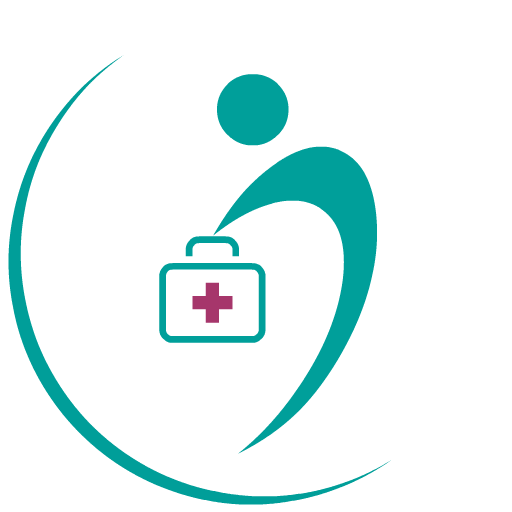Thalassemia is an inherited disease that affects the body's ability to produce haemoglobin and red blood cells.
Patients with thalassemia have too few red blood cells and hemoglobin, and the red blood cell size may be too small. It can range from a mild condition to a life-threatening disorder.
Symptoms of Thalassemia
Pale skin and jaundice
Feeling tired and drowsy
Coldness in hands and feet
Shortness of breath
Rapid heart rate
Dark coloured urine
Delayed growth in children
Thalassemia also increases the risk of infections and one should take care of their immunity.
Some facts on thalassemia
Let’s look at some of the facts about thalassemia to understand this condition better-
This condition is common in people from Asian, South Asian, Mediterranean, Middle Eastern, and Caribbean regions.
There are two types of thalassemia- Alpha and beta, corresponding to the two types of protein chains that make up the haemoglobin (alpha-chain and beta-chain).
The severity of thalassemia depends on the number of genes that are abnormal or mutated. In Alpha-thalassemia, if 3 to 4 genes are mutated, then it is extremely severe. In beta-thalassemia, if 2 genes are mutated then it is also a severe form of this condition.
If both the parents carry the thalassemia gene, then they have a 1 in 4 chance of giving birth to a child with a serious form of this disease.
When serious, children with thalassemia must undergo blood transfusions at least twice a week to maintain optimum health. However, too frequent transfusions cause an excessive build-up of iron in the transfused RBCs making it toxic to the liver and other organs.
In order to combat this excessive build-up of iron, a special drug called Deferoxamine must be administered, which usually takes up to 12 hours. Deferoxamine helps in binding the iron together via a process known as chelation.
There is research underway for better chelation therapies that would require it to be performed less number of times or can be taken orally.
While chelation therapy has successfully increased the lifespan of patients, it has also led to other secondary problems such as heart disease, hepatitis, liver cancer, fertility issues, and osteoporosis.
We hope that procedures such as bone marrow transplants and procedures related to gene therapy may cure the disease someday.
Depending on the severity of the condition, patients with thalassemia may require continuous medical care. They are advised to keep up with blood transfusions and chelating therapies in time for all doctor appointments.
Support from friends and family helps maintain a positive attitude, and it is important to maintain a good diet with a moderate amount of exercise.
The management of such serious chronic illnesses can be difficult but needs to be dealt with a positive attitude and both mental and physical support should be given to the patient.
Blogs
Stay connected to health experts and read what they have to say via DocSmart.
Please sign up to create your own blog





